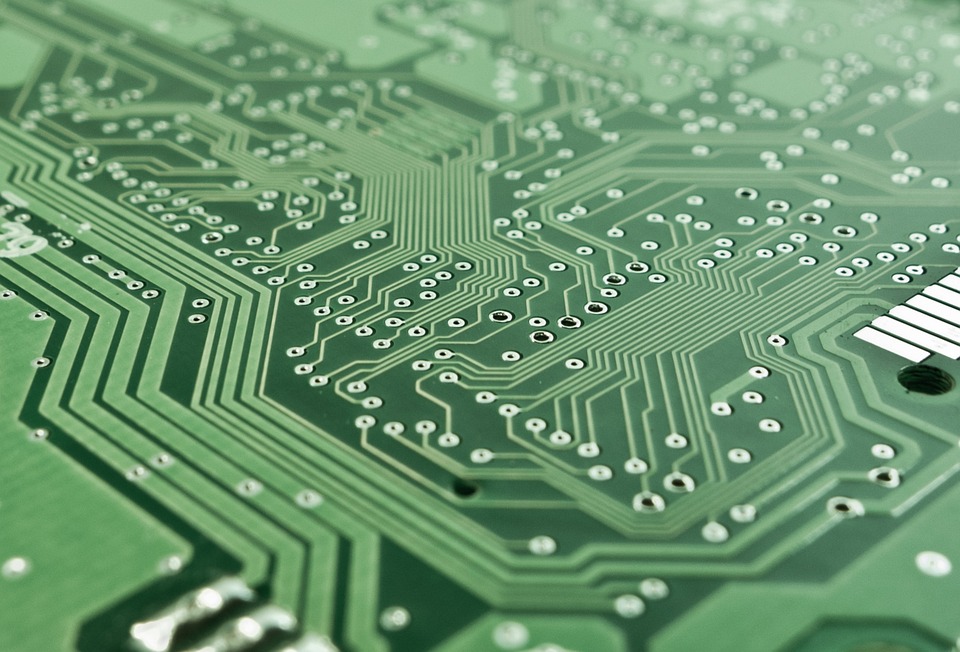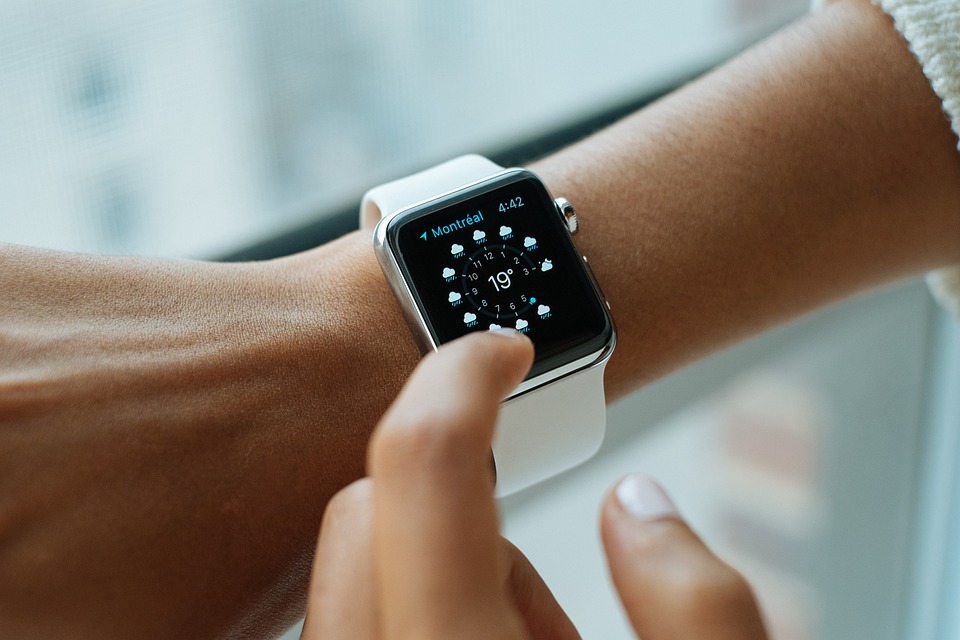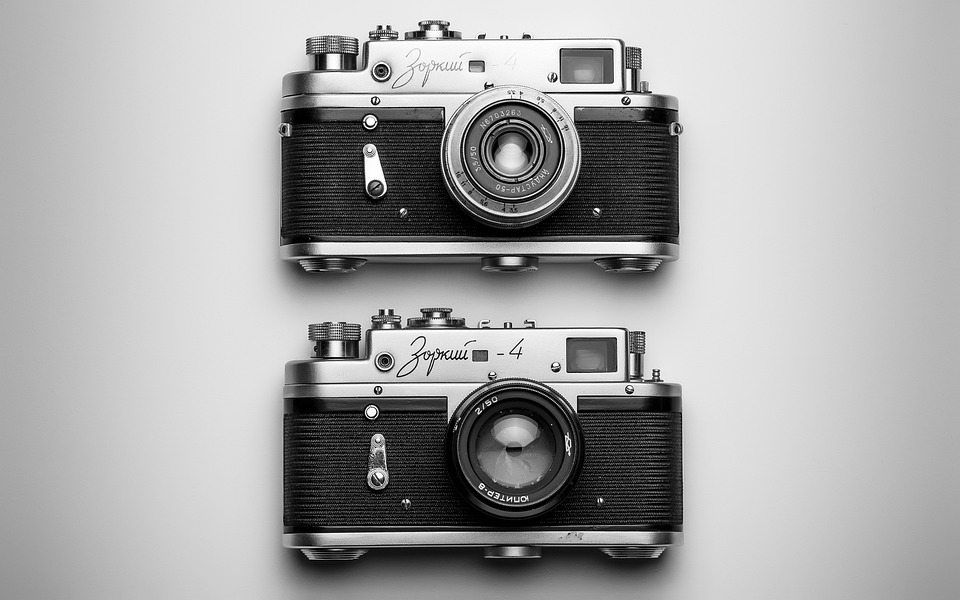
Design technology has proven to be an ever-growing field, continuously transforming the way we interact with the world around us. This dynamic sector encompasses various disciplines, from industrial to product and user experience design, and more, working together to craft products and services that are both efficacious and visually appealing.
At the core of design technology lies problem-solving. It involves understanding user’s needs, expectations and then creating solutions to cater to them. Also, it entails understanding how the products and services designed will be used in the particular environment and customizing the solution to fit those circumstances.
Besides, an important aspect of design technology is creating products and services that are accessible and usable for all users, including persons with disabilities. It focuses on designing intuitive and straightforward products that are unique, inclusive, and that meet the user’s expectations.
Furthermore, sustainable and environmentally friendly products and services are now vital aspects of design technology. The innovation in this field has resulted in the creation of products that use resources that are sustainable and contribute to the reduction of our carbon footprint.
Lastly, one of the most crucial aspects of design technology is the aesthetic aspect of creating products and services. It focuses on the importance of creating visually appealing products that arouse an emotional connection with the user.
Thanks to the latest innovations in design technology, we can now create products and services that are more efficient, accessible, and sustainable. For example, the use of 3D printing and virtual reality has revolutionized the way we design and build new products. This heralds a new era of limitless possibilities in design technology, which promises to transform our personal and professional lives for the better.




